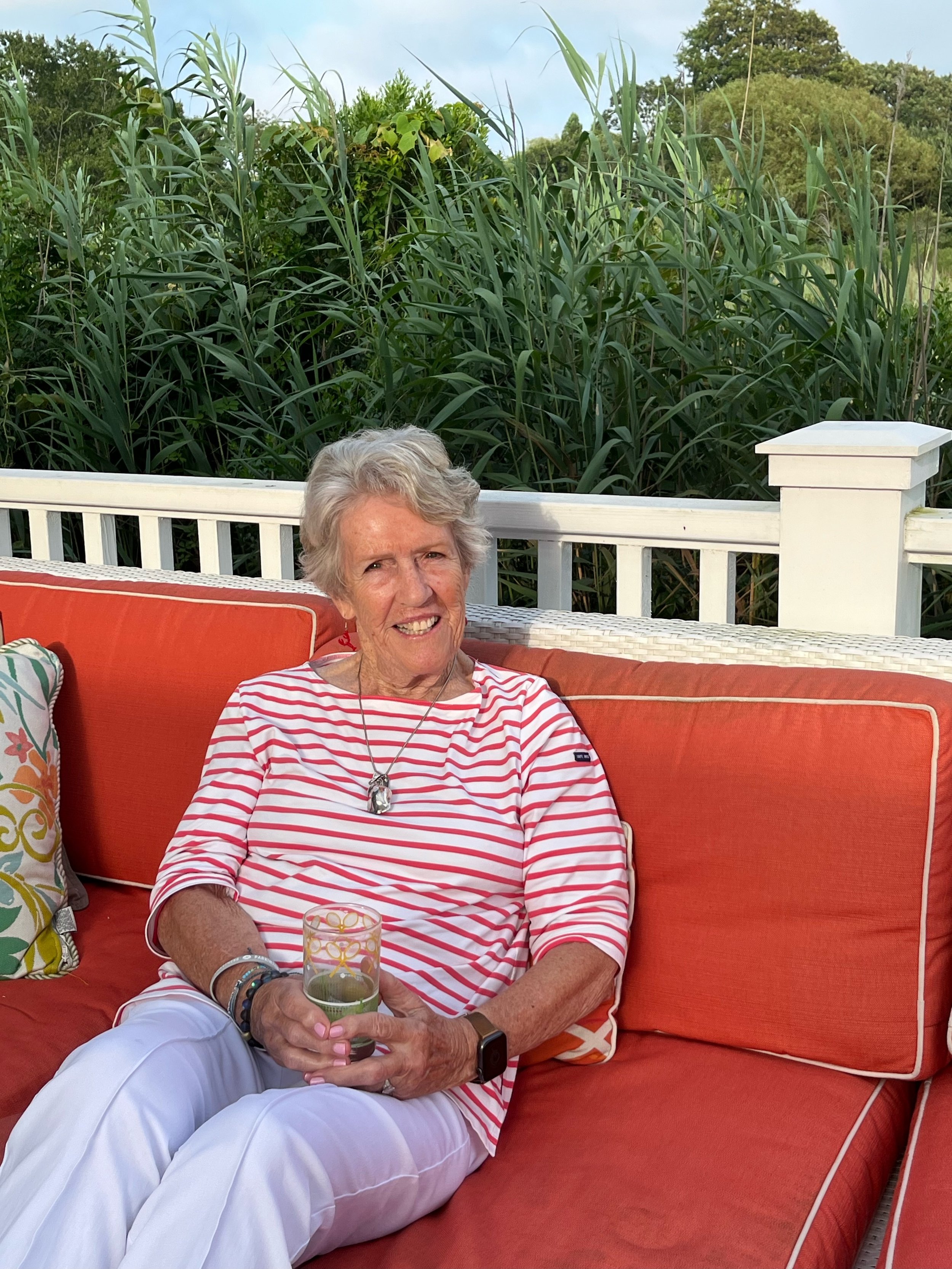A PIECE OF HIS WORLD
/Back in the late 60s, I hung a $15 print by Andrew Wyeth titled “Above the Orchard” in the living room of my first home. It was brown, white and wispy, a watercolor of a meadow in autumn, and I loved it. I have no idea where that print is today.
Over the years, Wyeth’s works continued to intrigue me, even as his national popularity as a master of realism waned. Now decades later, he's back in favor. This summer, Pennsylvania’s Brandywine River Museum of Art and Maine’s Farnsworth Art Museum celebrated the 100th anniversary of Wyeth’s birth with special exhibits.
A new book, “A Piece of the World” by Christina Baker Kline, is garnering rave reviews as her saga of Wyeth and Christina Olson ascends the best seller list. Even the U.S. Postal Service is honoring Wyeth with a special page of 12 “forever stamps” featuring his best-known temperas.
Undoubtedly, Wyeth’s most recognized work is “Christina’s World.” It depicts a crippled woman in a pink dress, lying in a field below a stark three-story house. The Museum of Modern Art purchased the painting for $1,800 in 1948 and it is now part of MOMA’s permanent collection.
This iconic work is often referred to as America’s “Mona Lisa.” Wyeth himself said, “I couldn’t stay away from there. I’d always seem to gravitate back to the house. It was Maine.”
So after hearing a lecture by Kline on her book about the friendship between Andrew and Christina this past July, pal Judy Beman and I decided a road trip to the Olson house was in order. This week, with two other friends, we drove two hours north to the Farnsworth in Rockland, bought our tickets, and then drove half-an-hour farther to the Olson’s saltwater farm. Each of us had read Kline’s book, but we had questions we wanted to ask our guide.
Hathorn Point is bordered by the St. George River and Maple Juice Cove, and it’s spectacular, especially on a sunny fall afternoon. After parking near the homestead (“Hmm, we’re the only car here,” Judy noted), we walked down through Christina’s meadow to the family cemetery.
Our tour was set for 3 PM so we had plenty of time to amble and admire the lichen-covered headstones of the Olson family, and several other relatives. (“Who’s Brooks?” I wondered, and figured my guide would know.) Wyeth had also chosen to be buried here. His black granite headstone stands at the entry to the windswept grove above the river.
Just before 3 PM we gathered at the front door of the 18th century farmhouse, waiting for our guide. The house lacked shrubbery so we walked around and peeked in the windows. I asked my friends to use one adjective to describe the house — “puritanical,” “spare,” “lonely,” “stolid,” they said.
By now, four more people had joined our group awaiting the guide. Minutes passed. Then, someone looked at the admission ticket which read in tiny print: “Tours of the house, hourly, Wednesday through Sunday.”
It was Tuesday.
We shared a few choice words about the Farnsworth docent who sold us tickets but neglected to mention the house was not open that day. However, each one of us left knowing we had walked through a special piece of Wyeth’s world. And yes, we left with questions too.






